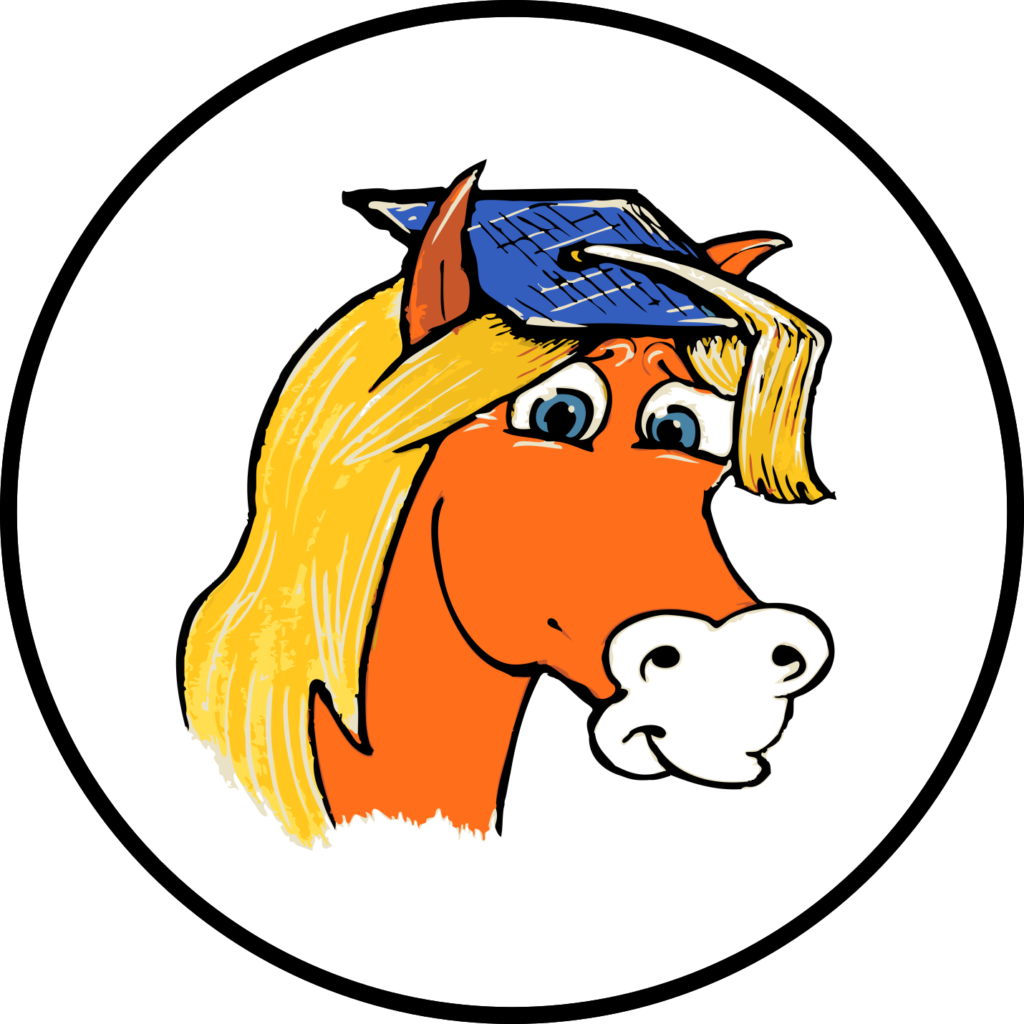Get in Touch
For any queries about the game, the team and our publications, please just get in touch.
Support Us
The continued hosting, maintenance and development of this site relies on community support. Thank you :-)

Home » Equine Lameness » What is Lameness?
Lameness, the movement with a limp, is a symptom or clinical sign. Equine lameness has been defined as “an alteration in the animal’s normal stance and/or mode of progression caused by pain or mechanical dysfunction” (Wyn-Jones, 1988), “alteration of the normal gait pattern as a result of functional or structural disorder of the locomotor system” (Weishaupt, 2008), “a clinical sign – a manifestation of the signs of inflammation, including pain, or a mechanical defect – that results in a gait abnormality characterised by limping” (Ross, 2011) and “an indication of a structural or functional disorder in one or more limbs or the back that is evident while the horse is standing or in movement” (Stashak, 2002).
Lameness is the most common health complaint in horses, and there are hundreds of reasons why horses can go lame. This makes lameness such a tricky condition to diagnose properly: first of all, it is difficult to determine which limb is causing the gait irregularity. Secondly, the observed gait irregularity can then frequently be traced back to problems with different structures in the feet, the distal limb, the proximal limb and sometimes even the hip, back and neck.
When horses are lame, they try to unload the painful limb; as a result, they exert different forces on the ground, which results in changes in the upper body movement pattern. Therefore, the visual recognition of an asymmetry of movement during the lameness workup is a proxy for the horse shifting its weight away from the lame limb. It guides the observer to the lame limb(s) as well as giving information about changes in lameness after diagnostic tests such as nerve blocks or after a period of treatment / box rest.
The two videos below illustrate the main change to the moment pattern of the head (for forelimb lameness) and pelvis (fore hindlimb lameness) associated with lameness. Check out Module 1 to 3 for more detailed explanations.
Ross, M. W. and Dyson, S. J. (2011). Diagnosis and Management of Lameness in Horses. St. Louis, Missouri, Elsevier Saunders.
Stashak, T.S. (2002). Adams’ Lameness in Horses. Wiley-Blackwell.
Weishaupt, M. A., 2008. Adaptation Strategies of Horses with Lameness. Veterinary Clinics of North America: Equine Practice 24, 79-100.
Wyn-Jones, G. (1988). Equine Lameness. Blackwell Scientific Publications.
For any queries about the game, the team and our publications, please just get in touch.
The continued hosting, maintenance and development of this site relies on community support. Thank you :-)
Copyright © 2014-2021 Sandra Starke, Gregory Miles and Stephen May